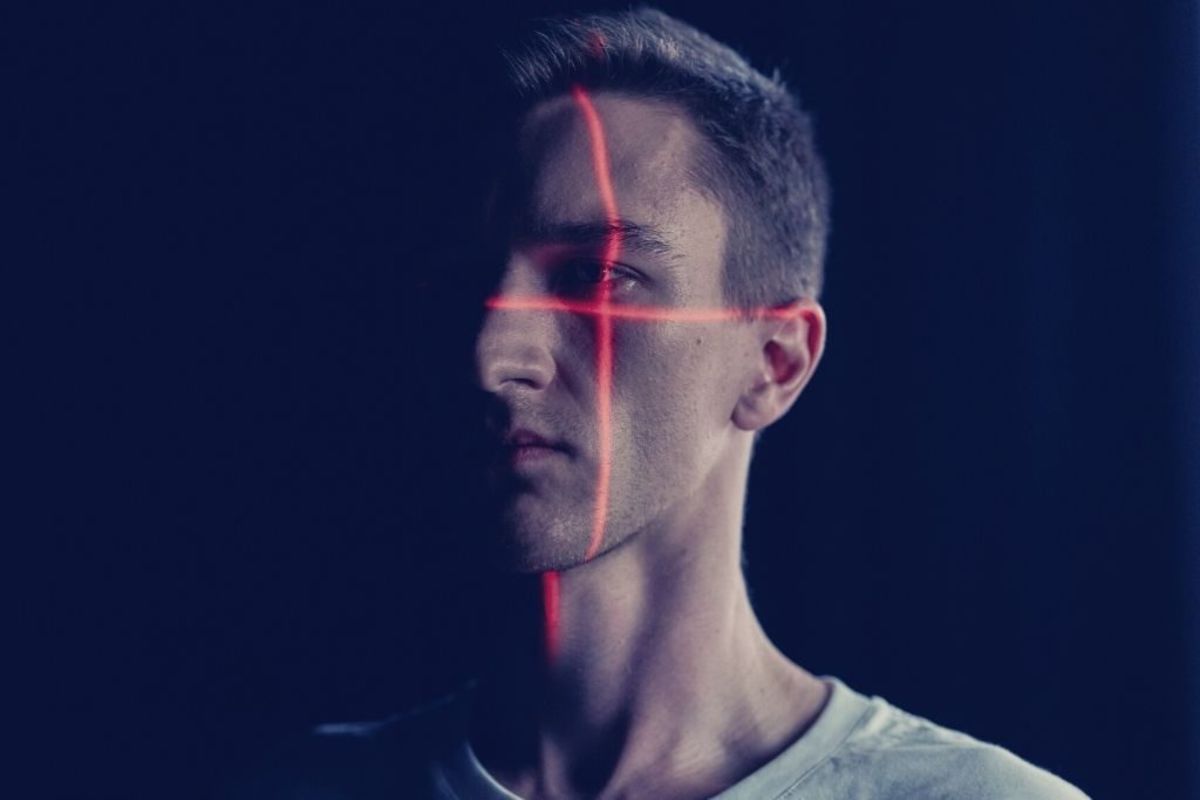
dormakaba Editorial Team

Marc Faresse
Marc is an expert in AI and Video Analytics within the Group Innovation Management Team at dormakaba. With his many years of experience, gained both within and outside the company, he is helping dormakaba to introduce AI-based technologies such as face recognition into its offering.
Related articles

Technology
Will Deepfake Threats Compromise Cybersecurity in 2025?

Technology
What Your Face Reveals: Biometric AI Detects Emotions, Illnesses, and Even Your Vote
Beyond ID checks, facial recognition powered by biometric AI now reads emotions, monitors health patterns, and forecasts behavior.

Technology
Can Big Data and AI Really Help us Manage City Traffic?
As cities grow, so does congestion—but AI and Big Data offer new ways to manage traffic, optimize transit, and build sustainable futures.